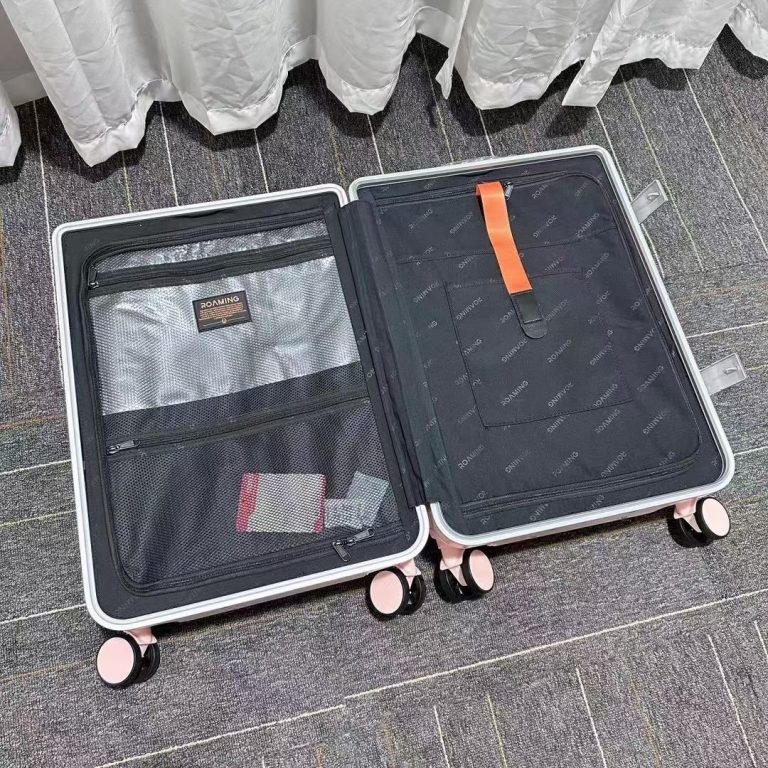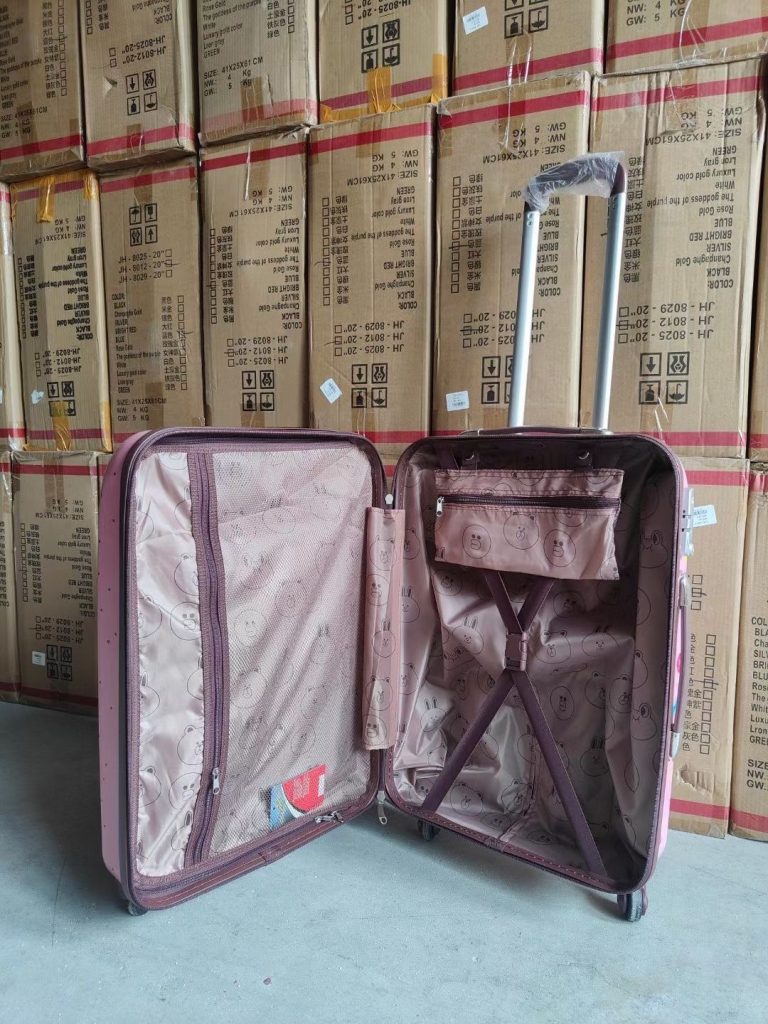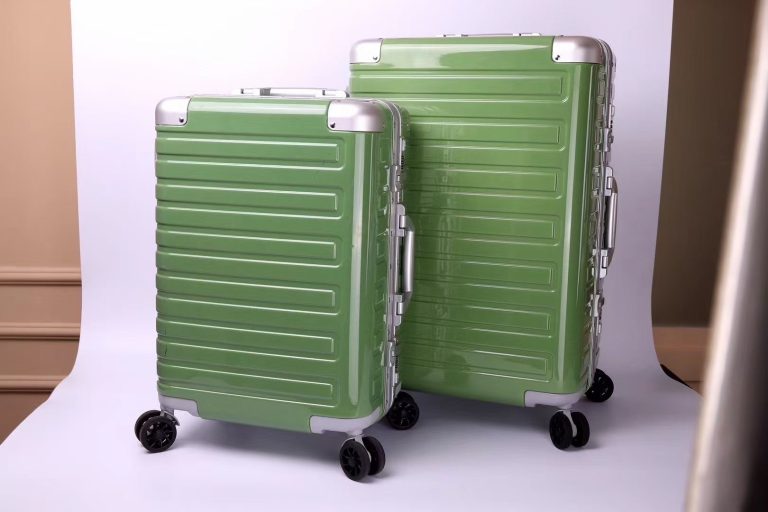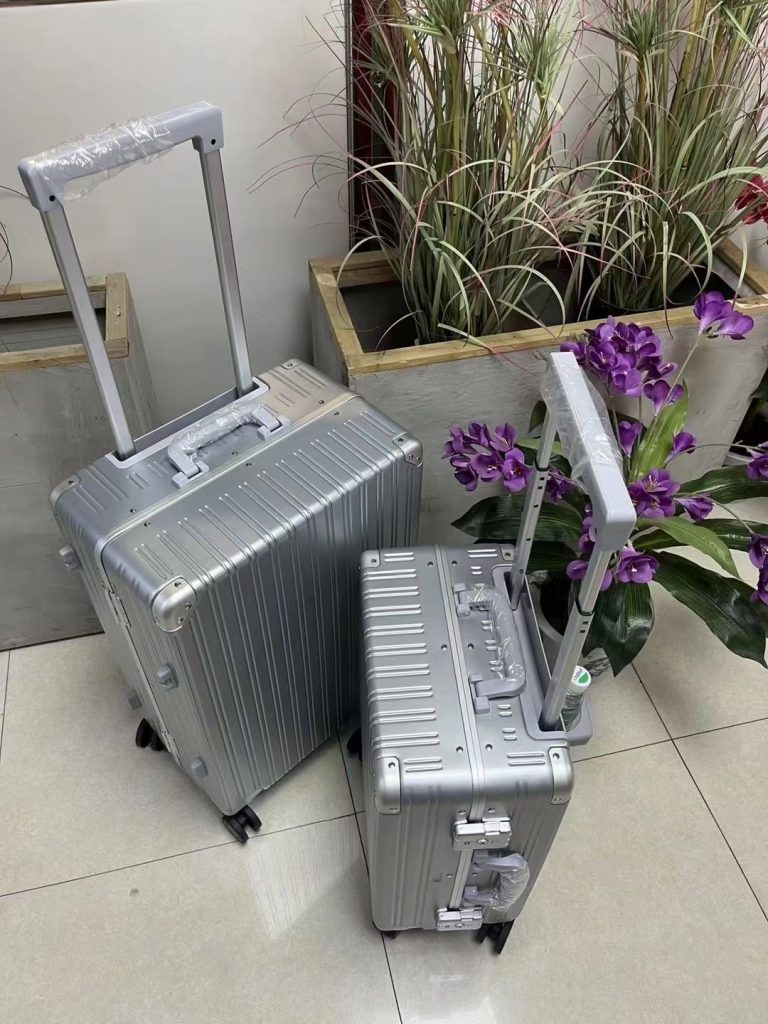Exploring the Benefits of Galvanized Rod And Aluminum Alloy Rod for Luggage Manufacturing
The use of metal rods in luggage manufacturing is an important factor in the production of quality luggage. Two of the most commonly used materials for this purpose are galvanized rod and aluminum alloy rod. Each of these materials has its own unique benefits and drawbacks, and understanding the differences between them can help manufacturers make the best choice for their needs.
Galvanized rod is a steel rod that has been coated with a layer of zinc. This coating helps to protect the steel from corrosion and rust, making it an ideal choice for luggage manufacturing. Galvanized rod is also relatively inexpensive, making it a cost-effective option for manufacturers. Additionally, galvanized rod is strong and durable, making it a great choice for luggage that needs to withstand the rigors of travel.
Aluminum alloy rod is a lightweight metal that is often used in the production of luggage. Aluminum alloy is strong and durable, making it a great choice for luggage that needs to be lightweight yet still able to withstand the rigors of travel. Additionally, aluminum alloy is resistant to corrosion and rust, making it a great choice for luggage that will be exposed to the elements. Aluminum alloy is also relatively inexpensive, making it a cost-effective option for manufacturers.
When choosing between galvanized rod and aluminum alloy rod for luggage manufacturing, it is important to consider the specific needs of the product. Galvanized rod is a great choice for luggage that needs to be strong and durable, while aluminum alloy is a great choice for luggage that needs to be lightweight yet still able to withstand the rigors of travel. Ultimately, the choice between these two materials will depend on the specific needs of the product.
Comparing the Durability and Strength of Galvanized Rod and Aluminum Alloy Rod for Luggage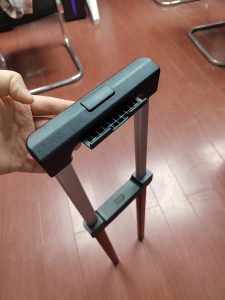
When it comes to choosing the right material for luggage, durability and strength are two of the most important factors to consider. Galvanized rod and aluminum alloy rod are two of the most popular materials used in the construction of luggage. While both materials offer excellent strength and durability, there are some key differences between them that should be taken into account when making a decision.
Galvanized rod is a steel rod that has been coated with a layer of zinc. This coating helps to protect the steel from corrosion and rust, making it an ideal choice for luggage that will be exposed to the elements. The zinc coating also adds strength and rigidity to the rod, making it a great choice for luggage that needs to be able to withstand heavy loads.
Aluminum alloy rod is a lightweight material that is often used in the construction of luggage. It is strong and durable, and it is resistant to corrosion and rust. Aluminum alloy rod is also much lighter than galvanized rod, making it a great choice for travelers who need to carry a lot of luggage.
When it comes to strength and durability, both galvanized rod and aluminum alloy rod are excellent choices. However, galvanized rod is slightly stronger and more durable than aluminum alloy rod. This makes it a better choice for luggage that will be exposed to the elements or that needs to be able to withstand heavy loads. Aluminum alloy rod is a better choice for travelers who need to carry a lot of luggage, as it is much lighter than galvanized rod.
In conclusion, both galvanized rod and aluminum alloy rod are excellent choices for luggage. Galvanized rod is slightly stronger and more durable, making it a better choice for luggage that will be exposed to the elements or that needs to be able to withstand heavy loads. Aluminum alloy rod is a better choice for travelers who need to carry a lot of luggage, as it is much lighter than galvanized rod.
Understanding the Cost Differences Between Galvanized Rod and Aluminum Alloy Rod for Luggage Manufacturing
When it comes to manufacturing luggage, two of the most popular materials used are galvanized rod and aluminum alloy rod. While both materials are strong and durable, there are some key differences between them that should be taken into consideration when making a decision about which material to use.
The first difference between galvanized rod and aluminum alloy rod is cost. Galvanized rod is typically less expensive than aluminum alloy rod, making it a more cost-effective option for many manufacturers. This is due to the fact that galvanized rod is made from steel that has been coated with a protective layer of zinc, which helps to reduce the cost of production. On the other hand, aluminum alloy rod is made from a combination of aluminum and other metals, which makes it more expensive to produce.
The second difference between the two materials is weight. Galvanized rod is heavier than aluminum alloy rod, making it more difficult to transport and handle. This can be a major factor for manufacturers who need to move their luggage from one location to another. Aluminum alloy rod, on the other hand, is much lighter and easier to transport, making it a better choice for those who need to move their luggage frequently.
Finally, the third difference between galvanized rod and aluminum alloy rod is corrosion resistance. Galvanized rod is more resistant to corrosion than aluminum alloy rod, making it a better choice for those who need to store their luggage in humid or wet environments. Aluminum alloy rod, however, is more susceptible to corrosion, so it may not be the best choice for those who need to store their luggage in these types of environments.
When it comes to choosing the right material for luggage manufacturing, it is important to consider the cost, weight, and corrosion resistance of both galvanized rod and aluminum alloy rod. By taking all of these factors into consideration, manufacturers can make an informed decision about which material is best suited for their needs.


